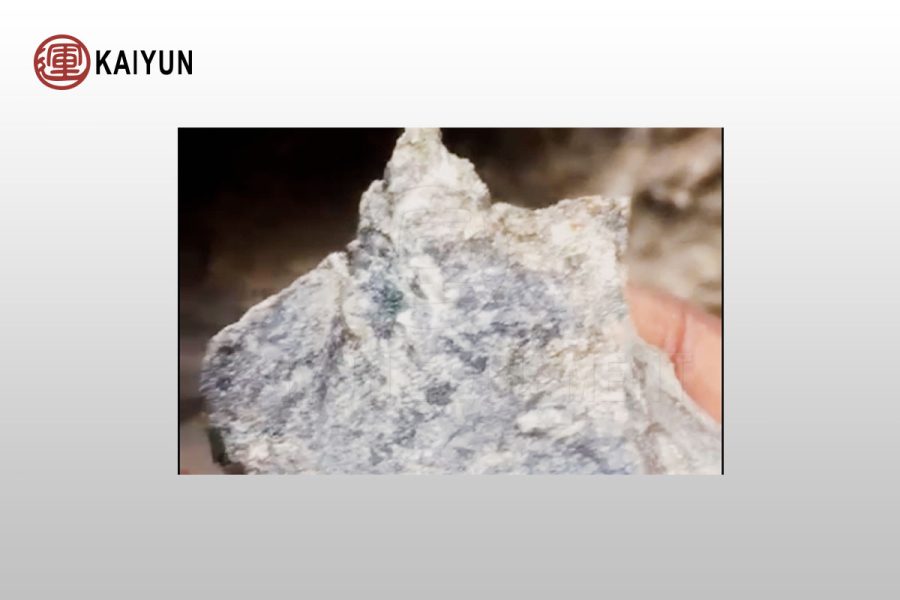In the mineral processing process, collecting samples is a key step to ensure the accuracy and stability of the ore processing process, and strict control is usually required to obtain accurate test data.
The sampling methods mainly include the following:
Automatic sampler sampling: The automatic sampler can be installed at the location where the ore flows out, and collects samples by timing or continuously, which is suitable for large-scale continuous production of ore sampling. Common automatic samplers include belt samplers, tube samplers, etc.
Manual sampling: Collect samples on the ore pile or conveyor belt, usually at fixed time intervals and positions, manually collected with tools such as shovels or spades. Manual sampling is highly flexible, but human errors should be avoided.
Pipeline sampling: Collect samples in the slurry flow, which is often used in wet mineral processing processes. Sampling valves or diverters are usually installed in the slurry pipeline.
Layered sampling: When there are many ore piles, samples are collected from different depths or locations to ensure that the samples are representative. Suitable for sampling in heap mines or large ore stockpiling areas.
Segmented sampling: When it is suitable for processing ores of different particle sizes or properties, the samples are collected in segments according to the particle size or other characteristics to ensure that the samples can represent the overall characteristics of the ore.
Rotary sampler: It is suitable for situations where the ore flows at a faster speed. The rotating sampling head can collect uniform samples in the material flow to reduce sample deviation.
In specific operations, in order to ensure the accuracy of the sample, the following points should be noted:
Selection of sampling points: It should be determined based on factors such as the ore flow direction, density and particle size uniformity.
Sampling frequency: A reasonable sampling frequency should be determined based on ore characteristics and production requirements.
Sample storage and transportation: After collection, it needs to be sealed, marked and properly stored in time to prevent contamination and decomposition.
